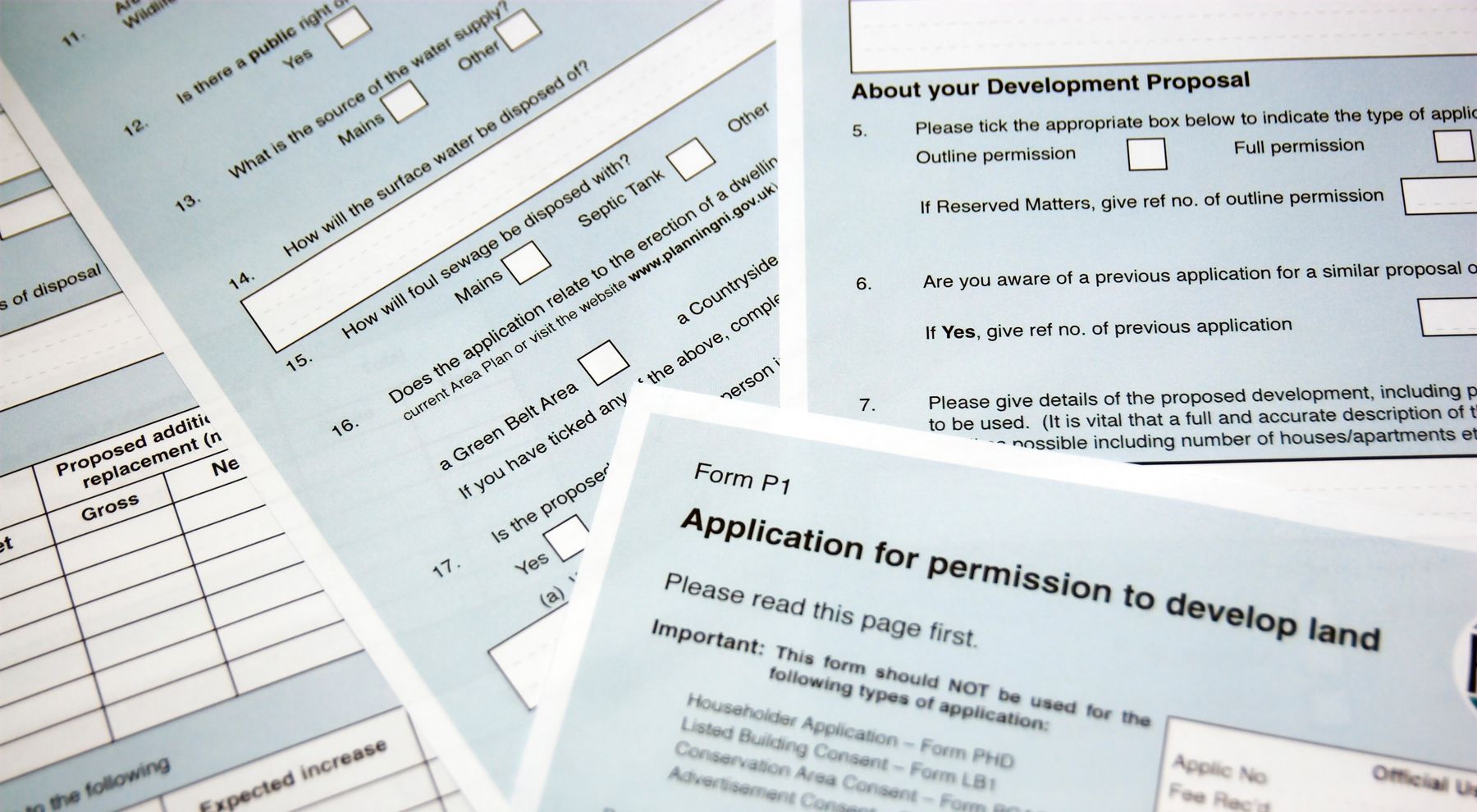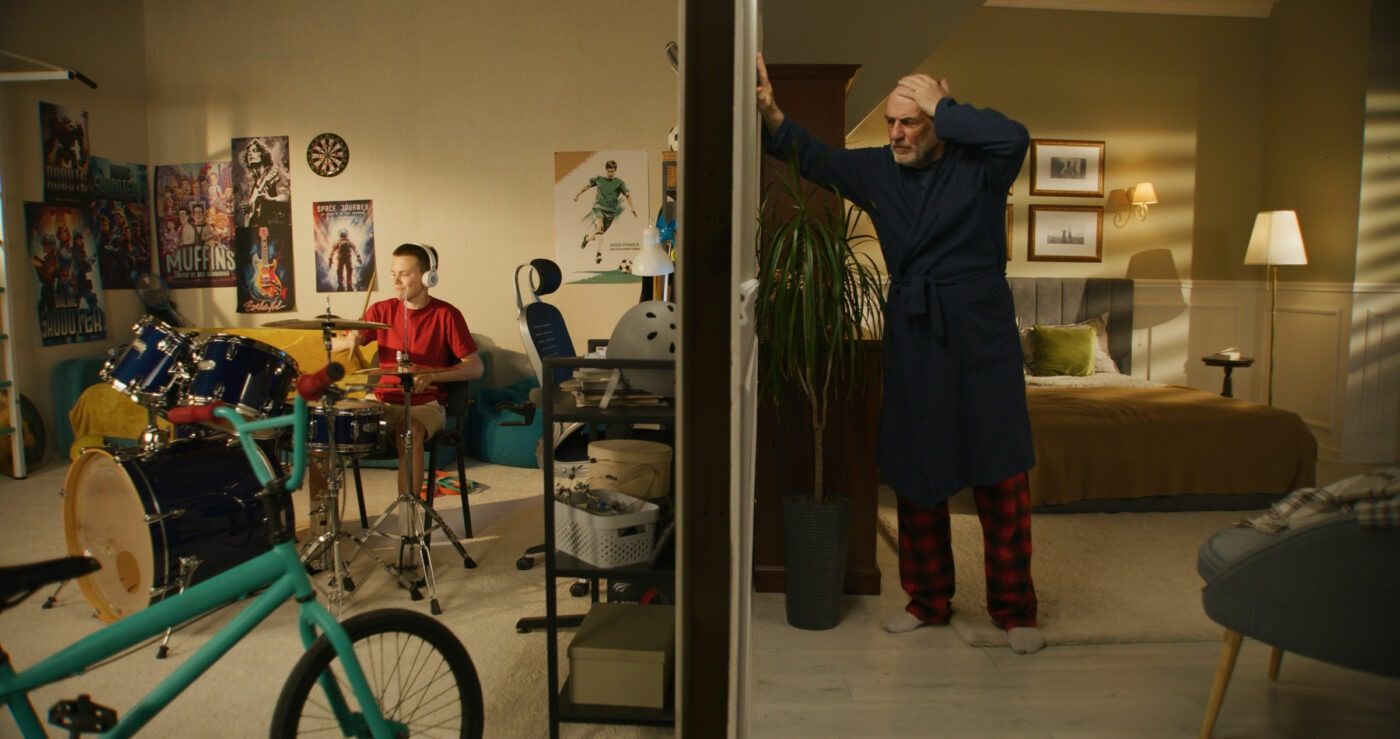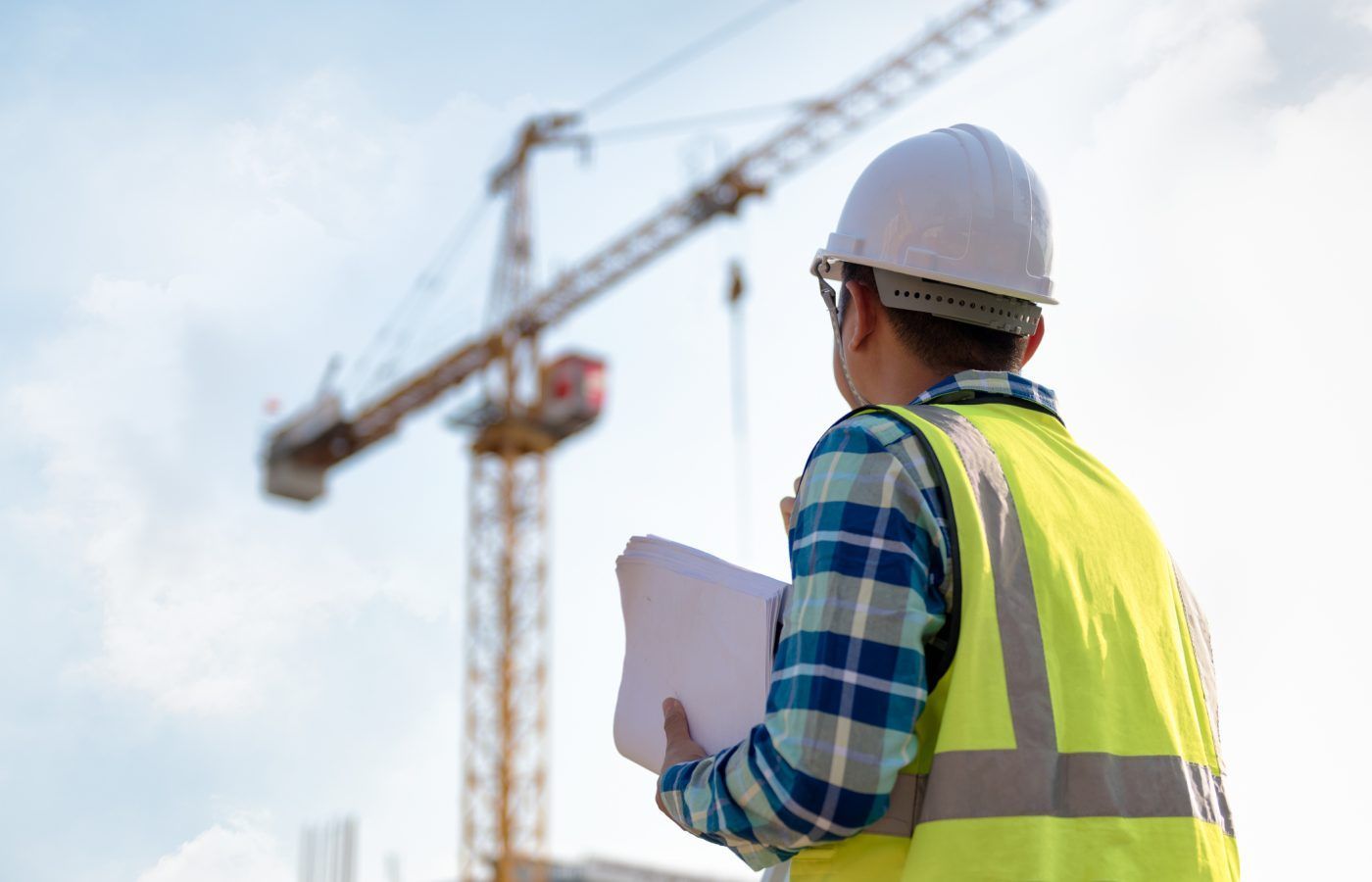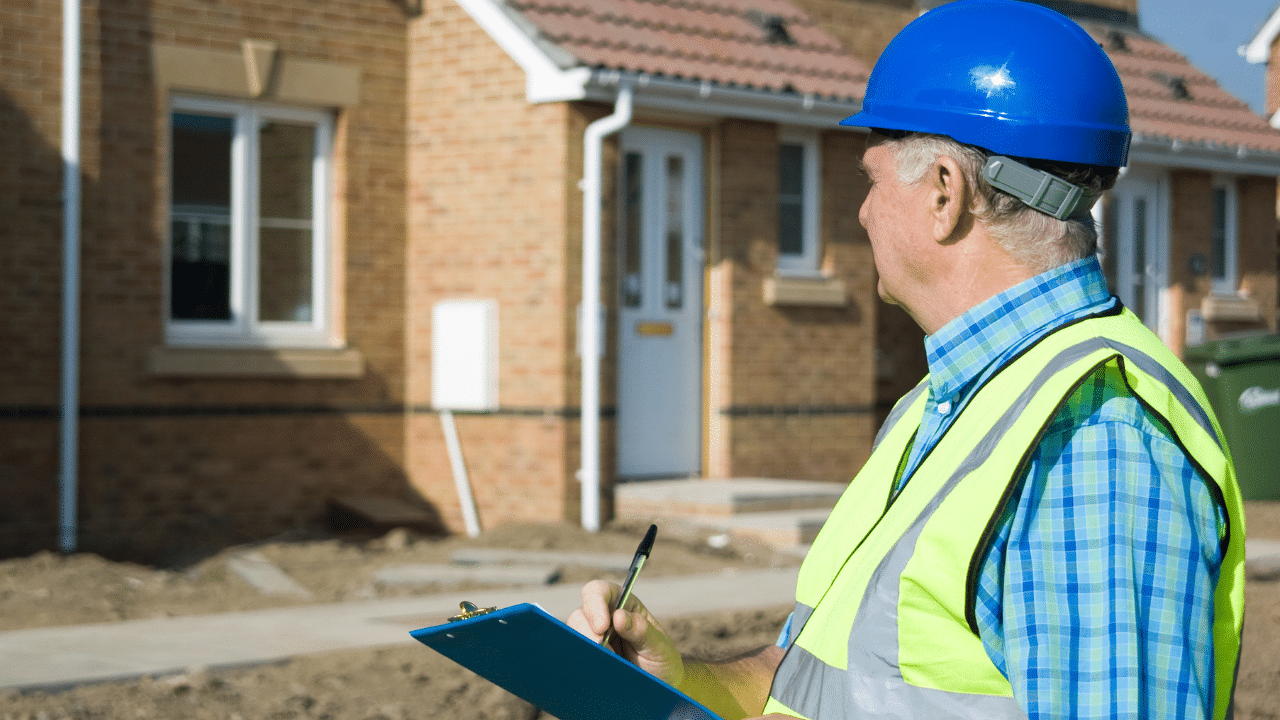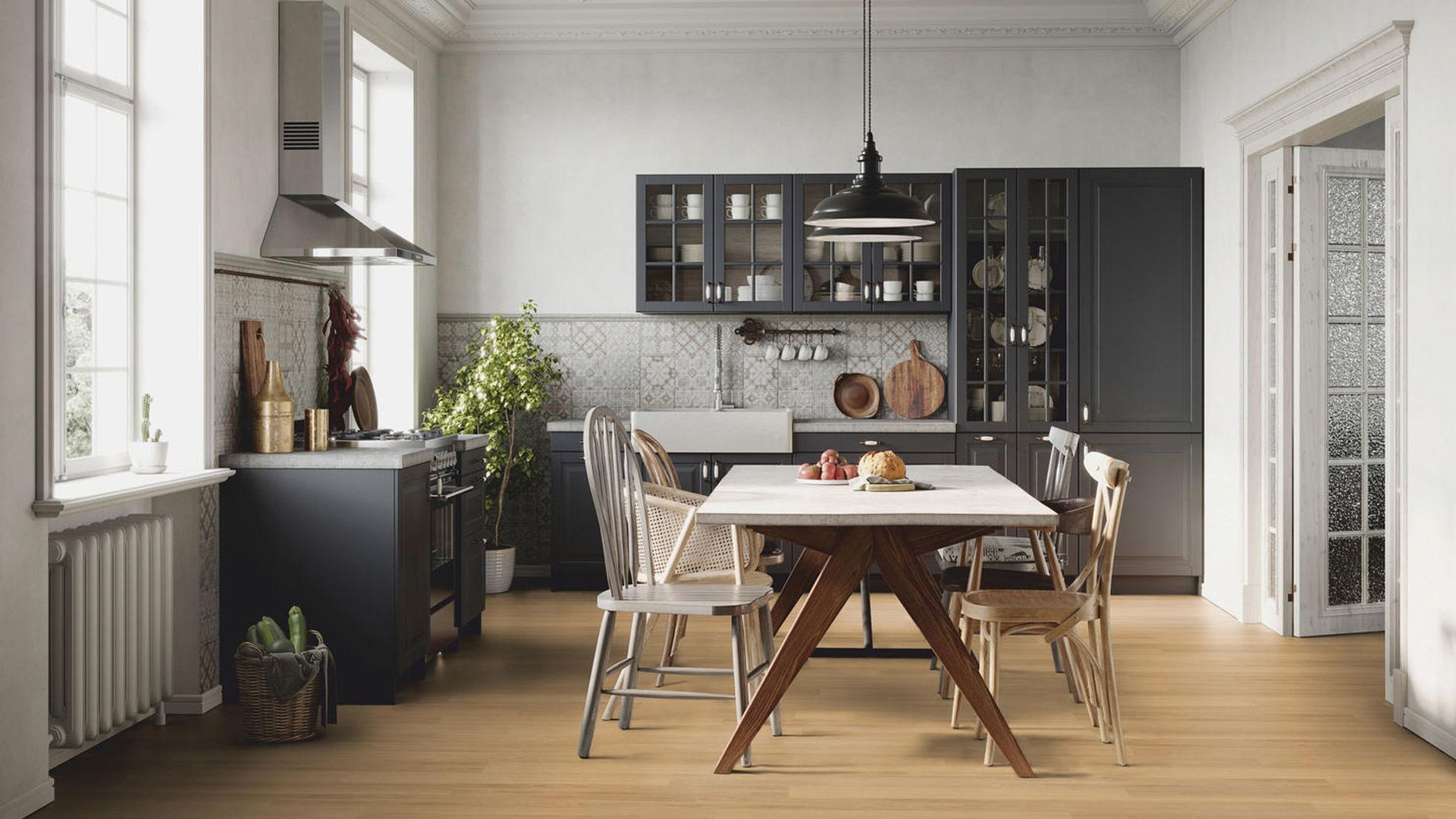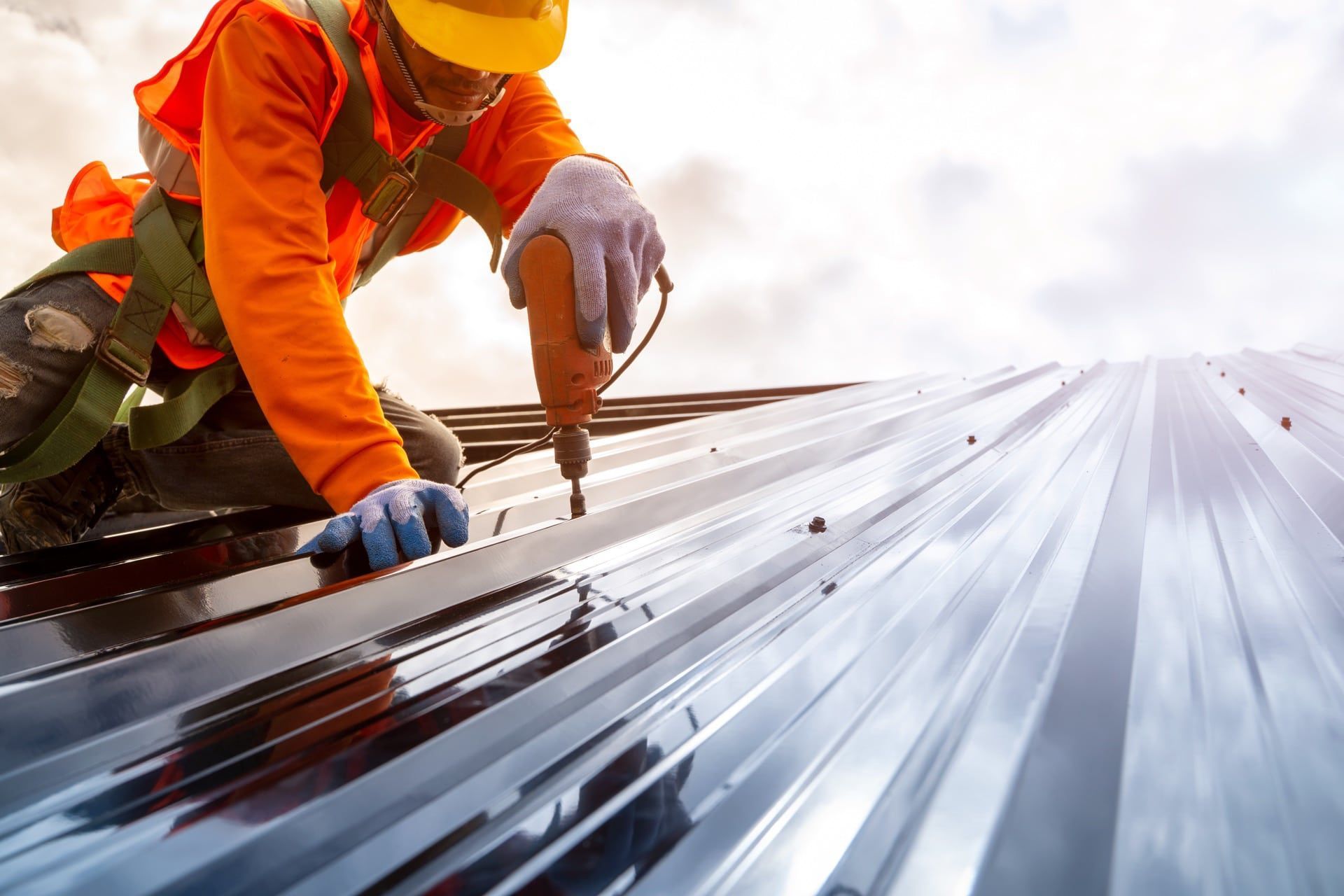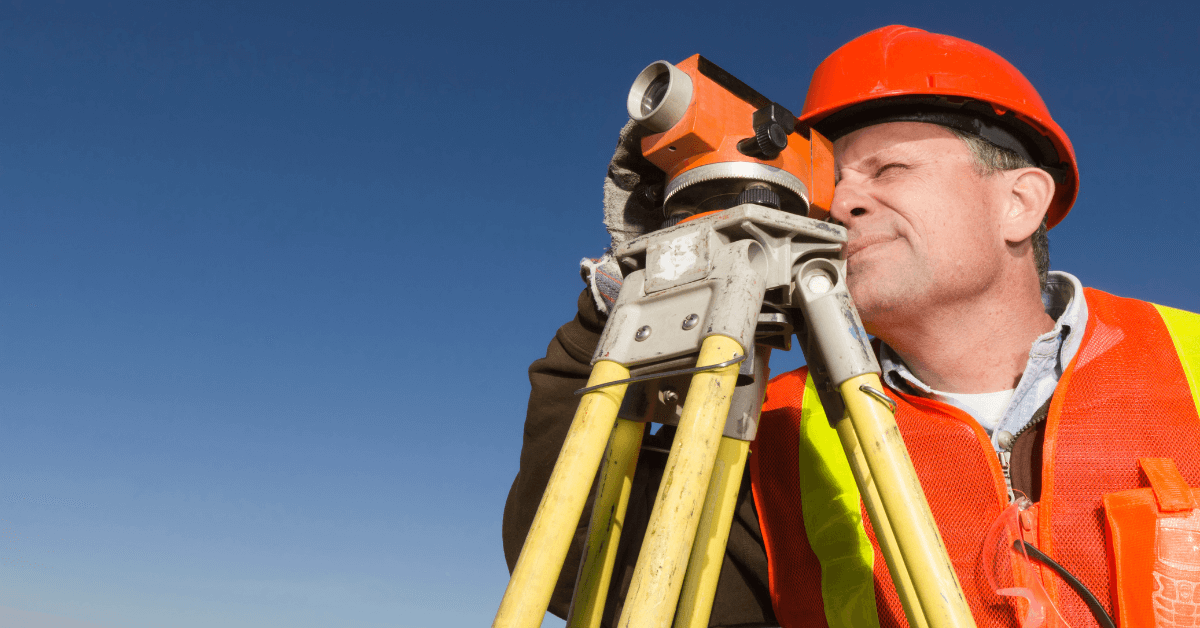5 Common Defects In Older Properties
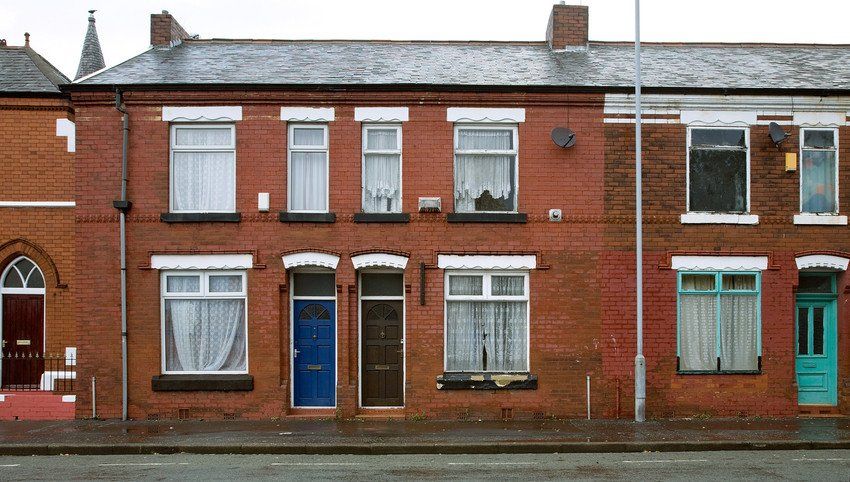
The process of buying a new property is usually just as exciting as it is overwhelming. With what feels like a million things to consider, making a decision regarding the purchase of a new home is a big commitment.
What’s more, if you’ve got your eye on an older property, there may be a few extra considerations to take into account. Of course, it is a great idea to invest in older buildings with the hope of renovation and it is something that many people have great success with. However, it is worth bearing a few things in mind as you go about your property search to guarantee you find the best property for your needs.
Here’s our guide to common defects in older properties.
Insulation
One of the most important elements of an older property to assess is the quality of its insulation. Often, older buildings will have cavities in their walls or outdated methods of insulation that are defective by modern standards. Insulation is a crucial point to consider when purchasing a property as it determines how much work needs to be carried out. If insulation is ineffective, it will be financially inefficient, costing a lot of money to keep the house warm through colder months.
Damp
Moreover, a common defect to keep an eye out for is dampness or mould in an old home. Often caused by cracked tiles, old joints and worn window seals, dampness may seem like a minor inconvenience, but it can swiftly develop into a major issue. If left untreated, dampness can be harmful to the health of those living within a property. What’s more, older properties that have been affected by dampness are far more likely to have structural defects caused by rot and water damage.
Asbestos
One of the more serious defects present in some polder properties is asbestos within the walls and roofing. Asbestos is now understood to be a highly toxic material with links to diseases such as cancer. There is the possibility of asbestos in any building built before the 1970s and if building work is to be carried out, it will need to be removed by professionals.
Structural Weakness
As mentioned earlier, older buildings are far more susceptible to structural defects such as cracking, rotting, and subsidence. This could be caused by any number of factors such as prolonged exposure to the elements, improper laying of foundations or leaking pipes. It is always recommended that a building is surveyed for defects by a professional service before a purchase is made.
Drainage Problems
Finally, one aspect that is often overlooked is the importance of assessing the condition of a building’s drains and plumbing works. As these are usually hidden from the naked eye, it is worth using the services of an expert to evaluate their functionality and gain reassurance that they are working and safe. If you’re considering purchasing an older property or have just moved in, contact Simon Levy Associates for a thorough building defect diagnosis.
Don’t wait,
get in touch with us today for a quote or to discuss your requirements in further detail. Call us on 020 8207 6100 or send an email to info@simonlevy.net
